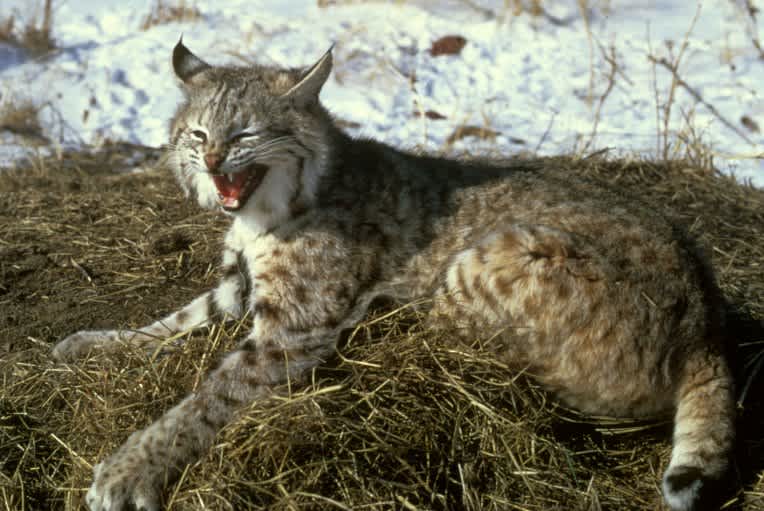Illinois May Reopen Bobcat Hunting after 40-year Ban
OutdoorHub Reporters 01.05.15

Earlier in December 2014, the Illinois Senate passed a measure that would allow hunters and trappers to take bobcats for the first time in more than 40 years. The state House already approved the measure back in March, and now the bill will head to desk of Governor Pat Quinn, who will be leaving office this month.
“With its passage in the senate, we are one step closer to having the ability to address the rising bobcat population in Illinois,” State Representative Wayne Rosenthal (R-Morrisonville) told The Journal-News. “With an estimated 3,000 bobcats currently living in Southern Illinois and other parts of the state, it is important that we gain control before their presence begins to impact the safety of our residents and other animals.”
According to the Illinois Department of Natural Resources (DNR), bobcats have made quite the comeback in the state since they were first listed as a threatened species in 1977. The species was removed from the list in 1999 and over the past few years, biologists say the cats are now moderately populated across Illinois.
“With reliable sightings in 99 of 102 Illinois counties, it is safe to say that bobcats are adaptable and distributed widely,” stated a previous press release from the DNR. “Bobcats are moderately abundant throughout about half of Illinois, and research conducted at the Southern Illinois University Carbondale estimates that more than 2,220 bobcats are in the 13 southern-most counties. This is the highest concentration of bobcats in the state.”
The DNR supports HB 4226, the bill that proposes a bobcat season running from November 1 to February 15, but some are skeptical as to whether the bobcat population needs to be managed by hunting. Rosenthal, however, said that bobcats could prove to be a problem if they become overpopulated, just like another predator their size: the coyote.
“What most people tend to forget is that bobcats are predators, just like coyotes,” Rosenthal told The Chicago Tribune. “They’re not house cats. The key is to make sure we have a viable population—which we do—and that’s what we want to keep without it getting out of control.”
By the DNR’s estimates, there are about 5,000 bobcats in the state.
Governor Quinn has not given any indication of whether he will sign or veto the bill. Under the state constitution, the governor of Illinois has 60 days to act once a bill reaches his or her desk or it automatically becomes law.

